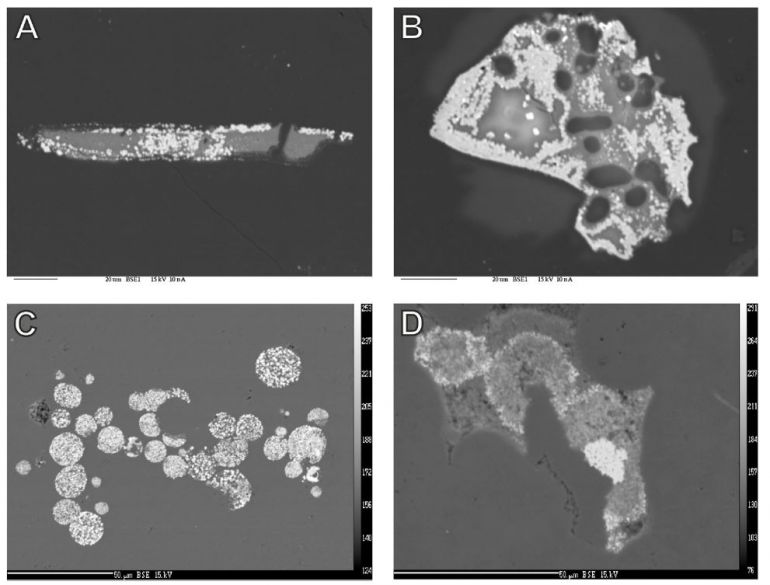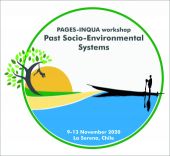The Spotlight #6
Posted by Nivedita Mehrotra in ECR News on 04 May 2022
The April 2022 release of “The Spotlight” highlights the paper by Dagmara H. Werra and Rafal Siuda entitled “The use of phosphate minerals for determination of the provenance of flint used by prehistoric communities in East-Central Europe”. The paper is available here.
The Research
The paper is based on analysis of
mineralogy of flint varieties of Vistula and Volhynian, used in Paleolithic to
the Bronze Age times, towards determining the provenance of raw material (Fig.1).
Geochemical analysis of flint mineral compositions such as apatite, and
phosphate of rare earth elements revealed the variable chemical composition and
characteristic of source rock from different outcrop regions in Poland-Ukraine.
Figure 1. Map showing the occurrence of flints mentioned in the paper published.
So what are the Flint samples and where all are the observed?
The three main visual groups (Schild,
1976) of ‘chocolate’ flint of Bronze Age were analysed for the present study,
along with samples from limestone quarry and gravel pits; comprising a total
collection of 50 samples.
Figure 2. Bronze Age ‘Chocolate’ Flint of visual group I-III samples from archeological sites, limestone quarry and gravel pits collected at various sites. (Detail provided in paper published)
Why should we care?
The previous records demonstrated the homogeneous nature of the flint having undergone similar geochemical process. In the present study the electron microprobe analysis revealed the apatite aggregate which is the characteristic feature of the ‘chocolate’ flint does not contain REE and yttrium. The outcrop region of the silica source can be identified from the differentiation of sodium and magnesium content in this apatite. The tools thus collected as archeological records can provide an understanding of the knowledge of the intercultural contacts of prehistoric communities and usage of limestone from a particular outcrop of the probable source areas such as the Swiętokrzyskie Mountains, Krak´ow-Częstochowa among others.
Figure3. Types of Apatite aggregates observed in the electron microprobe analysis (Detail provided in paper published).
About the author
Dr. Dagmara H. Werra has her research area are Prehistory of Poland, Prehistory of Europe; prehistoric flint mining; siliceous rocks; prehistoric communities; exchange and distribution in prehistory; Archaeological theory; Stone Age; Neolithic, Bronze Age. She is currently associated with the Autonomous Research Laboratory for Prehistoric Flint Mining, Institute of Archaeology and Ethnology, Polish Academy of Sciences, Warsaw, Poland.
Contacts: email address: [email protected]
Posted by Nivedita Mehrotra







